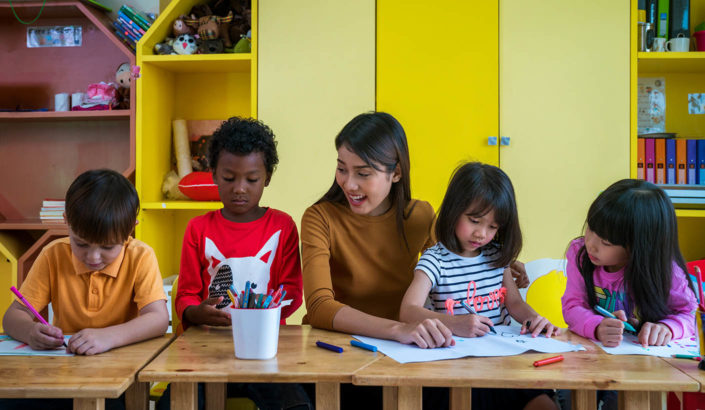To find what you need quickly, sort the practices by age level and duration.

Forgiveness Takes Heart
Harnessing optimism, empathy, self-compassion, gratitude, and altruism to work towards forgiveness

What’s your Why? Questions To Cultivate Meaning
Students contemplate questions to cultivate meaning, purpose, and connection.

Honesty Mode: No Cheat Codes
Students discuss honesty and create personal commitments to act with honesty for the year.

Moving Forward with Hope
A simple exercise to help you identify a goal and visualize how you will achieve it
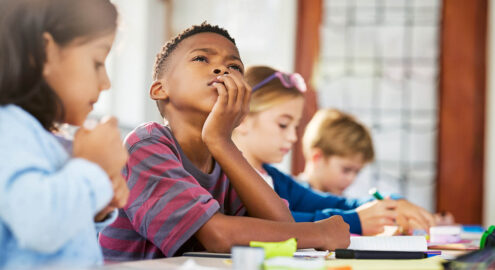
A Hopeful Plan
A goal-setting process for students that fosters hope in action
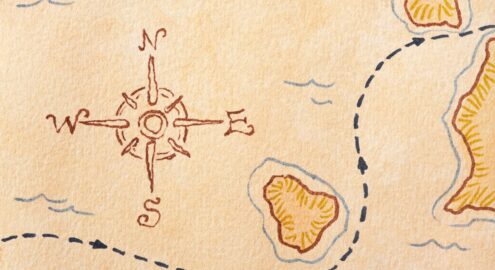
A Hopeful Legacy
Students foster hope through connecting with what is important to them and related goals.

Mindshifts: An Intellectual Humility Reflection Tool
Help students cultivate intellectual humility by reflecting on a belief they have reconsidered.

Become an Admitter
Students or staff members celebrate humility (“I was wrong”) and practice curiosity (“Tell me more”) so that they can become more comfortable with making mistakes and increase their capacity for open-mindedness.

Checking Your Perspective
Partners practice perspective-taking (and perspective-receiving) when writing about their responses to a given scenario.
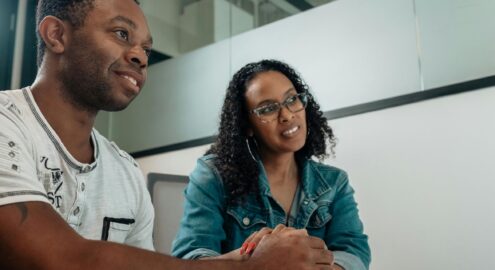
Asking Effective Interview Questions
Students play a question game that helps them to develop interview questions at three different levels of inquiry.

Asking Powerful Questions
Students learn about cultivating a curious mindset by asking powerful questions.
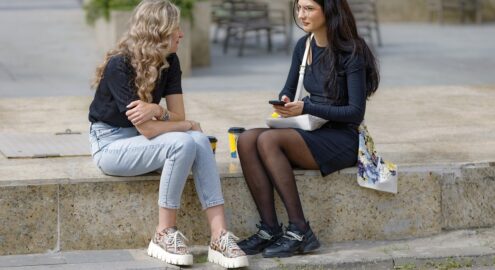
Practicing Shallow vs. Deep Curiosity
Students learn about the differences between shallow and deep curiosity and develop questions that reflect both levels of curiosity.

Take-Home Skill: Nurture Conversation Skills to Bridge Differences for Teens
Help teens learn communication strategies to enhance their capacity to bridge differences.
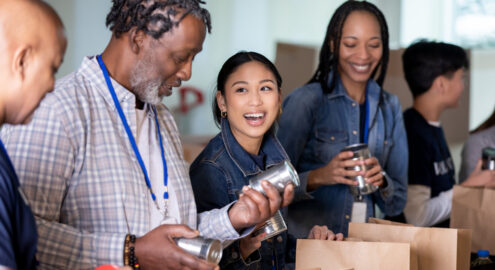
Take-Home Skill: Teens and Adults Collaborating to Uplift the Community
Help teens and adults bridge differences to promote positive changes in their community.

Take-Home Skill: Nurture a Value Diversity Mindset in Teens
Help adolescents reflect on the importance of recognizing different cultural and social identities.
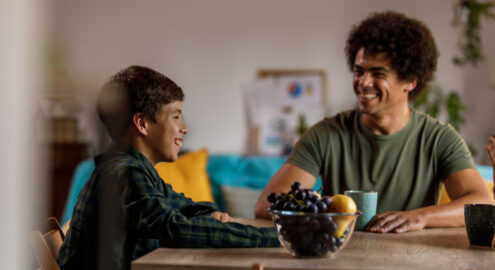
Take Home Skill: Growing Civic Empowerment
Parents/caregivers and their teens discuss issues in their community and in the world, and think together about how they can make an impact.

Awe-Inspiring Affirmations
Cultivate joy, optimism, and hope through student-written affirmations.
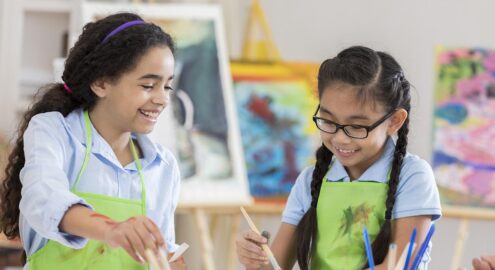
Using Art to Build Bridges
Students engage in art to reflect on and practice perspective-giving and taking skills.

Are you ready to build a kinder, happier school where everyone belongs? Join Greater Good Educators! Explore the science of well-being in a supportive community of educators from around the world. Registration is now open for the 2025-2026 school year!


